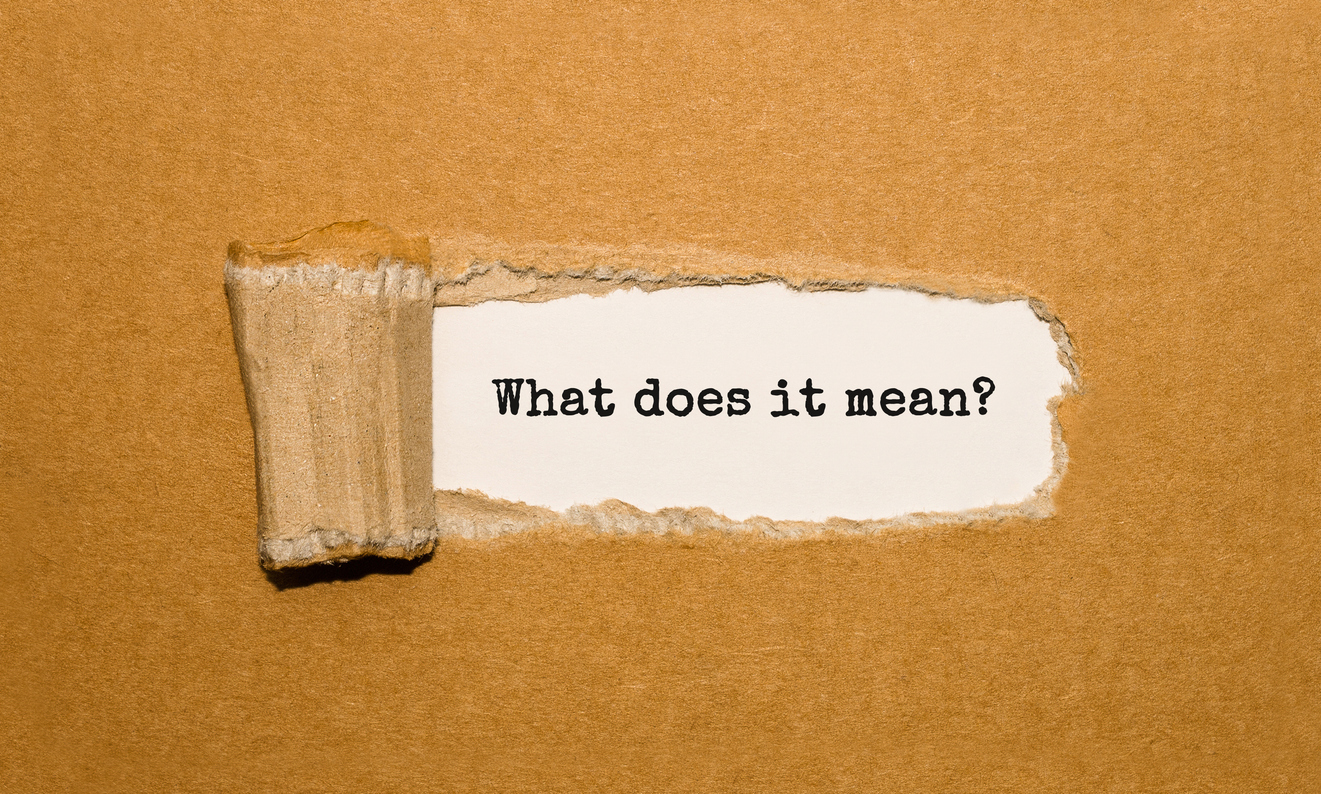During the 15 to 30 seconds that my home rolled and shook on Sunday from the 3.5 earthquake centered in Baldwin Hills, California, I was prompted to think about the habitability or rather “uninhabitable conditions” I may encounter if the shaking got any worse or continued. Earthquakes are rather commonplace in California and thankfully this earthquake, which was centered within 10 miles of my home, ceased and I was able to continue on without damage or loss.
The point of this week’s blog is to look at what creates an “uninhabitable condition” that would allow for Additional Living Expenses (ALE) to apply and become payable to the insured after a covered loss. The big question is how does the insurance company define “uninhabitable” so as to allow ALE coverage? ALE benefits "[b]ecome payable [when] damages create an unlivable residence.”1 The general definition of "uninhabitable" is construed "as not fit to live in" so let’s begin with the obvious. Housing rules and habitability codes differ in each state, county or city. Looking at the local norm as to habitability may be key to deciding whether the insured’s home meets habitability standards. Almost every local around the country mandates basic needs. If a home does not have working basic utilities such as heat, plumbing, electric or water it will probably be deemed uninhabitable and therefore after a covered loss, the uninsured would be entitled to ALE. In the ISO forms, the language reads: "…If a loss covered under Section 1 makes that part of the ‘residence premises’ where you reside not fit to live in we cover…."
As we dig deeper into the uninhabitable conditions after a covered loss, the next step is to look at location in a residence of the loss and how that impacts the insured. If a kitchen is inaccessible to a family that cooks, or there are no working bathrooms due to a loss, the basic needs of cooking and necessities are lost to the insured. If the insured’s only bedroom is burned while the rest of the house is not, there may be no place for the basic function of sleeping. These scenarios impact and usually induce the necessity for ALE after a loss.
However, let’s look at the more complicated issues. What if the insured owner of a 5 bedroom house that lives alone has a water loss in a bedroom that is unused? This may not give rise for the need of ALE in the eyes of the insurer. However, there are possibilities for the need for ALE during remediation that would give rise to uninhabitable conditions for the insured such as asbestos remediation, dryers that are oppressively loud, or that the plumbing of the home must be shut off during repairs.
Another scenario is a water loss in a kitchen rarely used and the insured goes out to eat daily. In such a situation, insurers often argue that ALE does not become payable because the insured’s home is not uninhabitable because the "normal" standard of living for the insured is arguably not affected. "Normal" unfortunately is also a relative term that impacts ALE coverage.
The ALE provision of a policy has no intention of placing a policyholder into a better position than the policyholder was in prior to the loss. The ALE provision becomes payable when the "normal" living conditions of the insured changes and “any necessary increase in living expenses incurred so that the policyholder’s household can maintain its normal standard of living.” ALE does not provide basic payments for a insured’s regular mortgage or normal food bills. It pays only for costs that are INCREASED from the normal standard of living. Next week we will explore the subpart of "Uninhabitable Conditions" and define what is "normal" living conditions and how that impacts the insured when seeking ALE coverage after a covered loss.
1 17 Fla. Prac., Insurance Law § 30:8 (West 2014-2015 ed.).



